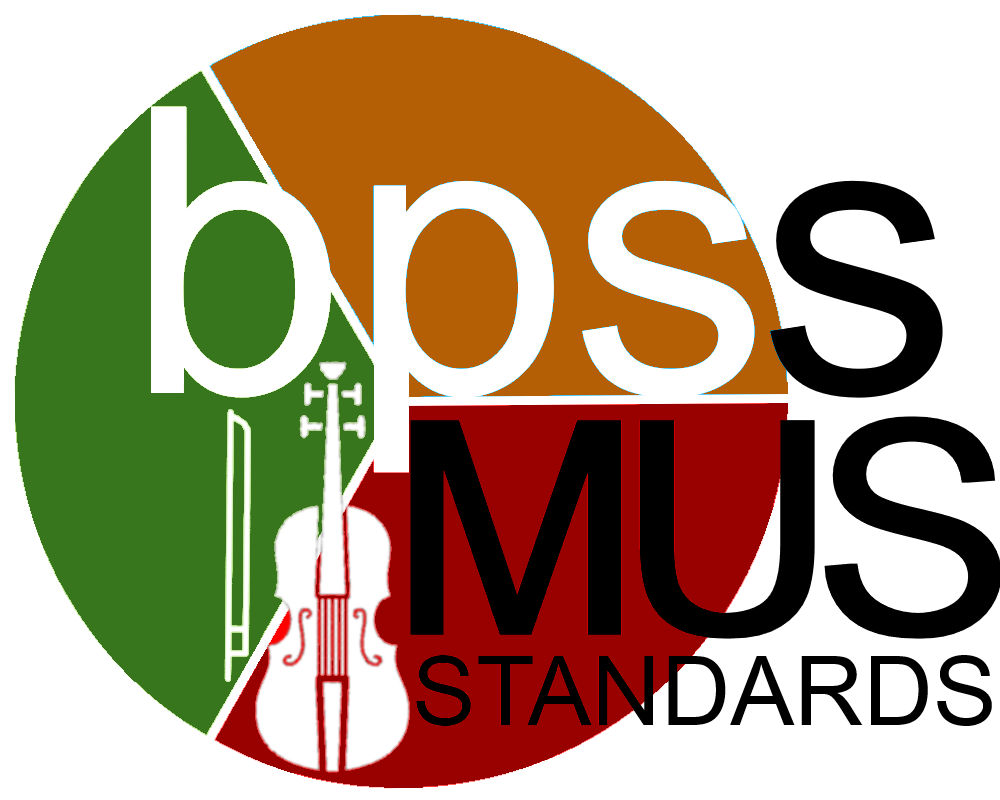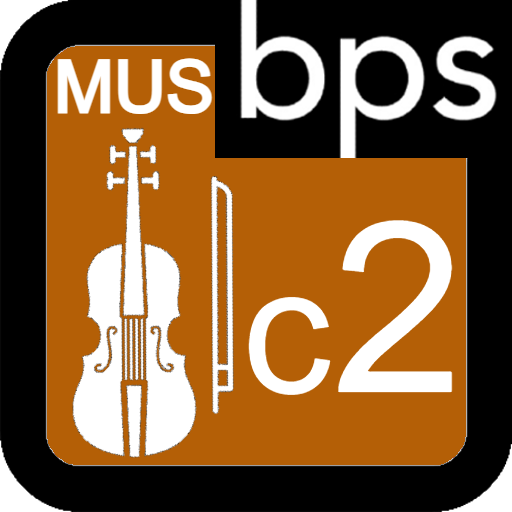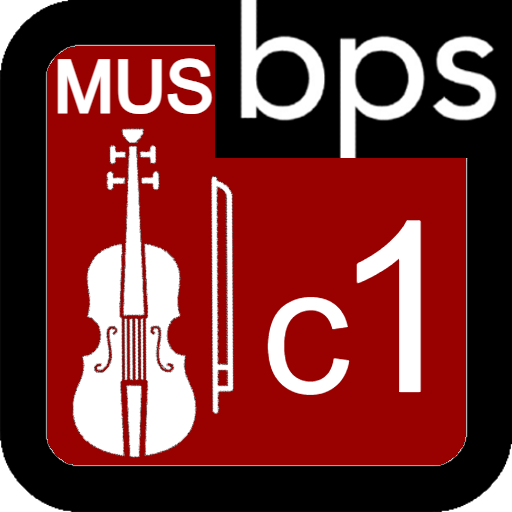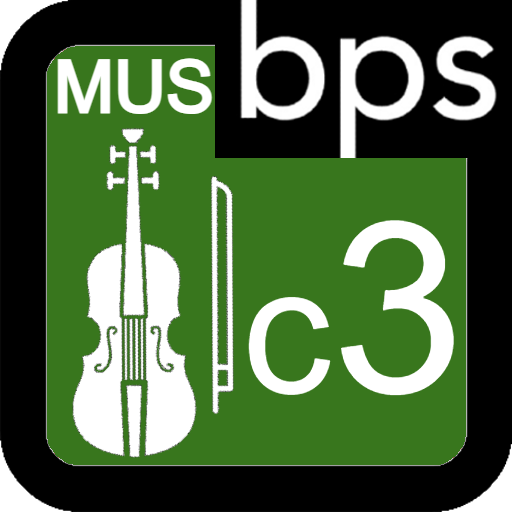MUS-09.c2  MUS-09.c2 MUS-09.c2 Category  | (c2) Category 2: Musicianship Skills and Knowledge
The elements such as understanding of rhythms, aural skills, note-reading skills, etc., that relate to musical understandings. |
MUS-09.c2.A
Tonal Aural Skills and Ear Training | MUS-09.c2.B
Rhythmic Aural Skills and Ear Training | MUS-09.c2.C
Creative Musicianship |
|---|
| Students demonstrate the following abilities: matching and manipulating pitch, playing with a sense of tonality, tonal-melodic and tonal-harmonic function (horizontal/vertical relationships/functions of tonality), ear-to-hand skills, aural and kinesthetic
awareness of pitch accuracy and intonation, including and related to improvisation. | Students perform simple and complex rhythm patterns/functions, with stray pulse/beat, correct sense of meter, metric organization and phrasing, in a variety of meters. | Students demonstrate creative musicianship skills at all stages of development, including the ability to improvise variations of rhythmic, melodic, and harmonic patterns, within the traditions and standards of a variety of genres and practices:
arrange and compose melodies and harmonies according to specific criteria and guidelines. |
MUS-09.c2.D
Music Literacy | MUS-09.c2.E
Ensemble Skills |
|---|
| Students demonstrate sequential music literacy skills (decoding and comprehension), defined as an association of sound-to-symbol, in a given musical context, which includes: predictive components (understanding of reading based on audition of written
material) and knowledge of symbols and notation related to pitch, rhythm, dynamics, tonality, clef, articulation, etc.) based on the principle that sound comes before sight. | Students perform in an ensemble, demonstrating sensitivity and the ability to adjust and maintain a uniform sense of rhythm, tempo, articulation, tone, blend, balance, and dynamics; understand conducting gestures, follow conductor and section leader,
and are able to synchronize bowings. |
CalculationsCategories are larger groups of related standards. The category grade is a calculation of all the related standards. Click on the standard name below each category to access the learning targets and rubrics/ proficiency scales for individual standards within the category. |
|
MUS-09.c2.A  | 9th Grade (MUS) Targeted String Standard (c2) Category 2: Musicianship Skills and Knowledge (A) Tonal Aural Skills and Ear Training
Students demonstrate the following abilities: matching and manipulating pitch, playing with a sense of tonality, tonal-melodic and tonal-harmonic function (horizontal/vertical relationships/functions of tonality), ear-to-hand skills, aural and kinesthetic awareness of pitch accuracy and intonation, including and related to improvisation.
|
 Proficiency Scale Proficiency Scale
Learning Targets
- 3.1 Students perform, by ear, melodic tonal patterns (patterns and melodies with chromatic alterations) in major and minor tonalities (vocally, pizzicato, and/or arco; neutral syllable, then solfege).
- 3.2 Students perform primary and secondary (ii, vi, vii) tonal patterns (vocally, pizzicato, and/or arco; neutral syllable, then solfege).
- 3.3 Students improvise (vocally, pizzicato, and/or arco; neutral syllable, then solfege) melodies and patterns, using chromatic alterations or simple modulations (e.g., major to relative/parallel minor).
- 3.4 Students improvise (vocally, pizzicato, and/or arco; neutral syllable, then solfege) simple accompaniments to melodies.
- 3.5 Students use fine tuners and/or pegs to tune strings, in fifths, to an external tonal reference.
|
|
MUS-09.c2.B  | 9th Grade (MUS) Targeted String Standard (c2) Category 2: Musicianship Skills and Knowledge (B) Rhythmic Aural Skills and Ear Training
Students perform simple and complex rhythm patterns/functions, with stray pulse/beat, correct sense of meter, metric organization and phrasing, in a variety of meters.
|
 Proficiency Scale Proficiency Scale
Learning Targets
- 3.1 Students will perform rhythm patterns in asymmetrical and unusual meters.
- 3.2 Students will perform rhythm patterns containing hemiolas.
- 3.3 Students will perform rhythm patterns containing enrhythmic notation.
- 3.4 Students will improvise rhythm patterns corresponding to Learning Tasks 3.1-3.3.
|
|
MUS-09.c2.C  | 9th Grade (MUS) Targeted String Standard (c2) Category 2: Musicianship Skills and Knowledge (C) Creative Musicianship
Students demonstrate creative musicianship skills at all stages of development, including the ability to improvise variations of rhythmic, melodic, and harmonic patterns, within the traditions and standards of a variety of genres and practices: arrange and compose melodies and harmonies according to specific criteria and guidelines.
|
 Proficiency Scale Proficiency Scale
Learning Targets
- 3.1 Rhythmic: Students layer individual rhythmic phrases to create an original group piece.
- 3.2 Tonal (Melodic and Harmonic): Students create solos using the notes of the scale as stepping stones between chord tones.
- 3.3 Textural: Students translate a visual or experiential narrative into original sounds on their instruments and add rhythmic components (rhythmic focus).
- 3.4 Composition: Students add a second instrument to their original scores.
- 3.5 Creative Leadership: Student conductors lead extemporaneous sound stories using nonverbal signals.
|
|
MUS-09.c2.D  | 9th Grade (MUS) Targeted String Standard (c2) Category 2: Musicianship Skills and Knowledge (D) Music Literacy
Students demonstrate sequential music literacy skills (decoding and comprehension), defined as an association of sound-to-symbol, in a given musical context, which includes: predictive components (understanding of reading based on audiation of written material) and knowledge of symbols and notation related to pitch, rhythm, dynamics, tonality, clef, articulation, etc.) based on the principle that sound comes before sight.
|
 Proficiency Scale Proficiency Scale
Learning Targets
- 3.1 Students correctly identify and perform chords from chord symbols (tonic, dominant, and subdominant).
- 3.2 Violists correctly identify and perform the pitches found on the treble clef staff, for the D- and A- strings, through third position.
- 3.3 Cellists correctly identify and perform the pitches found on the tenor clef staff, for the D- and A- strings, through fourth position.
- 3.4 Bassists correctly identify and perform the pitches found on the tenor clef staff, for the D- and G- strings.
- 3.5 Students correctly identify and perform double-flats and double-sharps.
- 3.6 Students correctly identify tonality (including key signature) and perform repertoire through four sharps and four flats.
- 3.7 Students correctly identify musical form: SonataAllegro.
|
|
MUS-09.c2.E  | 9th Grade (MUS) Targeted String Standard (c2) Category 2: Musicianship Skills and Knowledge (E) Ensemble Skills
Students perform in an ensemble, demonstrating sensitivity and the ability to adjust and maintain a uniform sense of rhythm, tempo, articulation, tone, blend, balance, and dynamics; understand conducting gestures, follow conductor and section leader, and are able to synchronize bowings.
|
 Proficiency Scale Proficiency Scale
Learning Targets
- 3.1 Students follow the section leader.
- 3.2 Students perform with style, articulation, and pitch including adjusting dynamics according to musical function of their part (i.e., melody, harmony, counterpoint, etc.).
- 3.3 Follow conductor’s more complex beat patterns, cues, and expressive gestures.
|
|











